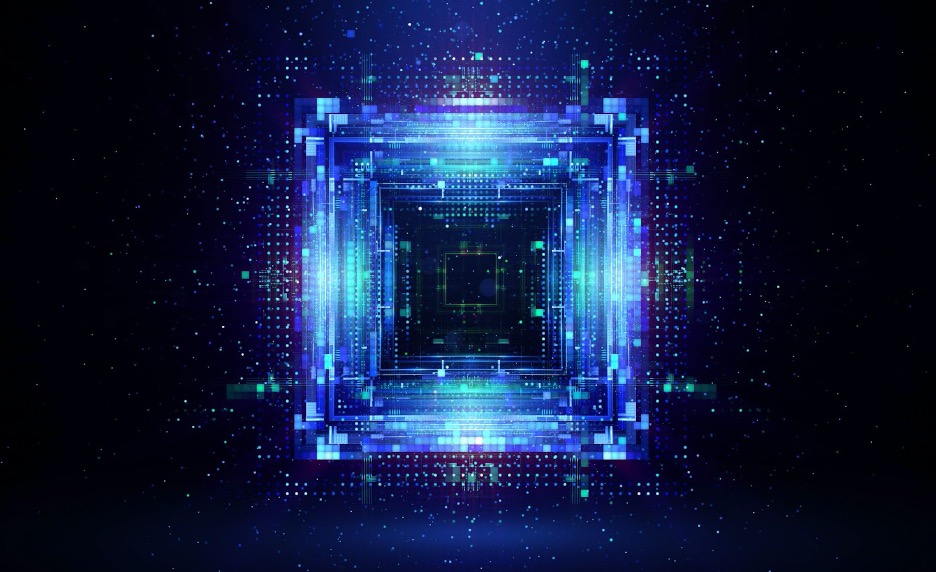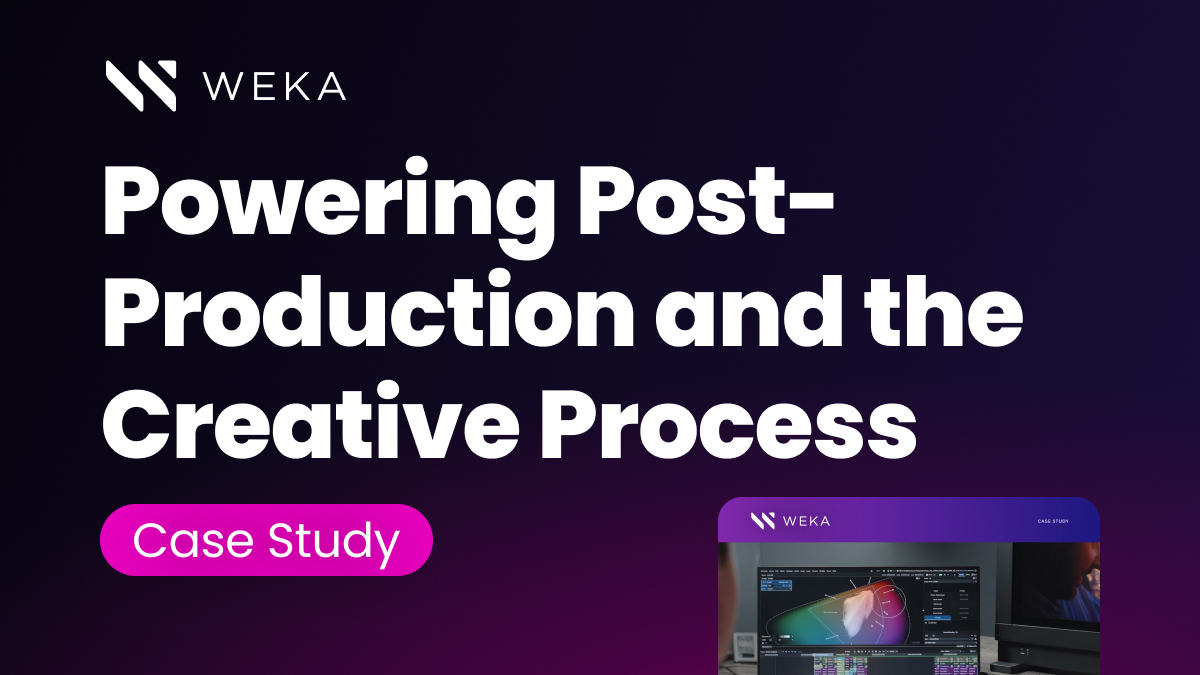CPU vs GPU | Best Use Cases For Each

Are you wondering about the difference between CPU and GPU? We explain how each works and the best use cases for each.
What is the difference between a CPU and a GPU? CPU (central processing unit) is a generalized processor that is designed to carry out a wide variety of tasks. GPU (graphics processing unit) is a specialized processing unit with enhanced mathematical computation capability, ideal for computer graphics and machine-learning tasks.
What Is a CPU (Central Processing Unit)?
At the heart of any and every computer in existence is a central processing unit or CPU. The CPU handles the core processing tasks in a computer—the literal computation that drives every single action in a computer system.
Computers work through the processing of binary data, or ones and zeroes. To translate that information into the software, graphics, animations, and every other process executed on a computer, those ones and zeroes must work through the logical structure of a CPU. That includes the basic arithmetic, logical functions (AND, OR, NOT) and input and output operations. The CPU is the brain, taking information, calculating it, and moving it where it needs to go.
Within CPU architecture, there are a few standard components, which include the following:
- Core(s): The central architecture of a CPU is the “core,” where all computation and logic happens. A core typically functions through what is called the “instruction cycle,” where instructions are pulled from memory (fetch), decoded into processing language (decode), and executed through the logical gates of the core (execute). Initially, all CPUs were single-core, but with the proliferation of multi-core CPUs, we’ve seen an increase in processing power.
- Cache: Cache is super-fast memory built either within the CPU or in CPU-specific motherboards to facilitate quick access to data the CPU is currently using. Since CPUs work so fast to complete millions of calculations per second, they require ultra-fast (and expensive) memory to do it—memory that is much faster than hard drive storage or even the fastest RAM.
In any CPU configuration, you will see some L1, L2, and/or L3 cache arrangement, with L1 being the fastest and L3 the slowest. The CPU will store the most immediately needed information in L1, and as the data loses priority, it will move out into L2, then L3, and then out to RAM or the hard disk.
- Memory Management Unit (MMU): The MMU controls data movement between the CPU and RAM during the instruction cycle.
- CPU Clock and Control Unit: Every CPU works on synchronizing processing tasks through a clock. The CPU clock determines the frequency at which the CPU can generate electrical pulses, its primary way of processing and transmitting data, and how rapidly the CPU can work. So, the higher the CPU clock rate, the faster it will run and quicker processor-intensive tasks can be completed.
All these components work together to provide an environment where high-speed task parallelism can take place. As the CPU clock drives activities, the CPU cores switch rapidly between hundreds of different tasks per second. That’s why your computer can run multiple programs, display a desktop, connect to the internet, and more all at the same time.
The CPU is responsible for all activity on a computer. When you close or open programs, the CPU must send the correct instructions to pull information from the hard drive and run executable code from RAM. When playing a game, the CPU handles processing graphical information to display on the screen. When compiling code, the CPU handles all the computation and mathematics involved.
What Is a GPU (Graphics Processing Unit)?
One of these tasks, graphical processing, is generally considered one of the more complex processing tasks for the CPU. Solving that complexity has led to technology with applications far beyond graphics.
The challenge in processing graphics is that graphics call on complex mathematics to render, and those complex mathematics must compute in parallel to work correctly. For example, a graphically intense video game might contain hundreds or thousands of polygons on the screen at any given time, each with its individual movement, color, lighting, and so on. CPUs aren’t made to handle that kind of workload. That’s where graphical processing units (GPUs) come into play.
GPUs are similar in function to CPU: they contain cores, memory, and other components. Instead of emphasizing context switching to manage multiple tasks, GPU acceleration emphasizes parallel data processing through a large number of cores.
These cores are usually less powerful individually than the core of a CPU. GPUs also typically have less interoperability with different hardware APIs and houseless memory. Where they shine is pushing large amounts of processed data in parallel. Instead of switching through multiple tasks to process graphics, a GPU simply takes batch instructions and pushes them out at high volume to speed processing and display.
What Are the Advantages and Disadvantages of CPUs?
While GPUs are increasingly becoming the go-to for high-performance processing, there are several reasons that most modern PCs still house CPUs.
Some of the advantages of CPU architecture include the following:
- Flexibility: CPUs are flexible and resilient and can handle a variety of tasks outside of graphics processing. Because of their serial processing capabilities, the CPU can multitask across multiple activities in your computer. Because of this, a strong CPU can provide more speed for typical computer use than a GPU.
- Contextual Power: In specific situations, the CPU will outperform the GPU. For example, the CPU is significantly faster when handling several different types of system operations (random access memory, mid-range computational operations, managing an operating system, I/O operations).
- Precision: CPUs can work on mid-range mathematical equations with a higher level of precision. CPUs can handle the computational depth and complexity more readily, becoming increasingly crucial for specific applications.
- Access to Memory: CPUs usually contain significant local cache memory, which means they can handle a larger set of linear instructions and, hence, more complex system and computational operations.
- Cost and Availability: CPUs are more readily available, more widely manufactured, and cost-effective for consumer and enterprise use. Additionally, hardware manufacturers still create thousands of motherboard designs to house a wide range of CPUs.
CPU vs GPU Comparison: CPUs also have several disadvantages when lined up against GPUs:
- Parallel Processing: CPUs cannot handle parallel processing like a GPU, so large tasks that require thousands or millions of identical operations will choke a CPU’s capacity to process data.
- Slow Evolution: In line with Moore’s Law, developing more powerful CPUs will eventually slow, which means less improvement year after year. The expansion of multi-core CPUs has mitigated this somewhat.
- Compatibility: Not every system or software is compatible with every processor. For example, applications written for x86 Intel Processors will not run on ARM processors. This is less of a problem as more computer manufacturers use standard processor sets (see Apple’s move to Intel processors), but it still presents issues between PCs and mobile devices.
What Are the Advantages and Disadvantages of GPUs?
While CPUs are more widely used for general computing, GPUs have found a growing niche for users and organizations looking to apply high-performance computing to unique problems.
Some of the advantages of GPUs include the following:
- High Data Throughput: a GPU consist of hundreds of cores performing the same operation on multiple data items in parallel. Because of that, a GPU can push vast volumes of processed data through a workload, speeding up specific tasks beyond what a CPU can handle.
- Massive Parallel Computing: Whereas CPUs excel in more complex computations, GPUs excel in extensive calculations with numerous similar operations, such as computing matrices or modeling complex systems.
These two advantages of GPUs were the main reasons they were created because both contribute to complex graphics processing. However, the GPU structure quickly led developers and engineers to apply GPU technology to other high-performance applications:
- Bitcoin Mining: The process of mining bitcoins involves using computational power to solve complex cryptographic hashes. The increasing expansion of Bitcoin and the difficulty of mining bitcoins has led bitcoin mines to implement a GPU to handle immense volumes of cryptographic data in the hopes of earning bitcoins.
- Machine Learning: Neural networks, particularly those used for deep-learning algorithms, function through the ability to process large amounts of training data through smaller nodes of operations. GPUs for machine learning have emerged to help process the enormous data sets used to train machine-learning algorithms and AI.
- Analytics and Data Science: GPUs are uniquely suited to help analytics programs process large amounts of base data from different sources. Furthermore, these same GPUs can power the computation necessary for deep data sets associated with research areas like life sciences (genomic sequencing).
Outside of these specific niche applications, a GPU struggles with some tasks. Some disadvantages of GPUs include:
- Multitasking: GPUs aren’t built for multitasking, so they don’t have much impact in areas like general-purpose computing.
- Cost: While the price of GPUs has fallen somewhat over the years, they are still significantly more expensive than CPUs. This cost rises more when talking about a GPU built for specific tasks like mining or analytics.
- Power and Complexity: While a GPU can handle large amounts of parallel computing and data throughput, they struggle when the processing requirements become more chaotic. Branching logic paths, sequential operations, and other approaches to computing impede the effectiveness of a GPU.
WEKA with High-Performance Computing with GPU Hardware
WEKA is purpose-built for high-performance computing in areas like machine learning, AI, life sciences, and analytics. Our approach to computing is to streamline and empower hybrid cloud environments with a system that provides data availability, processing power, and comprehensive coverage for complex workloads.
Furthermore, WEKA supports software development using GPU acceleration to maximize performance. Some packages include using GPUs specifically for deep-learning algorithms and data mining. WEKA also has features like the following:
- Autoscaling storage for high-demand performance
- On-premises and hybrid-cloud solutions for testing and production
- Industry-best, GPUDirect Performance (113 Gbps for a single DGX-2 and 162 Gbps for a single DGX A100)
- In-flight and at-rest encryption for GRC requirements
- Agile access and management for edge, core, and cloud development
- Scalability up to exabytes of storage across billions of files
Contact us today if you are interested in implementing a cloud environment that can leverage GPU technology to empower your cloud computing workloads.
Additional Helpful Resources
NVIDIA GPUDirect® Storage Plus WekaIO™ Provides More Than Just Performance
GPU Acceleration for High-Performance Computing
NVIDIA and WEKA DGX POD Reference Architecture
GPU in AI, Machine Learning, and Deep Learning
How GPUDirect Storage Accelerates Big Data Analytics
Kubernetes for AI/ML Pipelines using GPUs
Why GPUs for Machine Learning? A Complete Explanation





